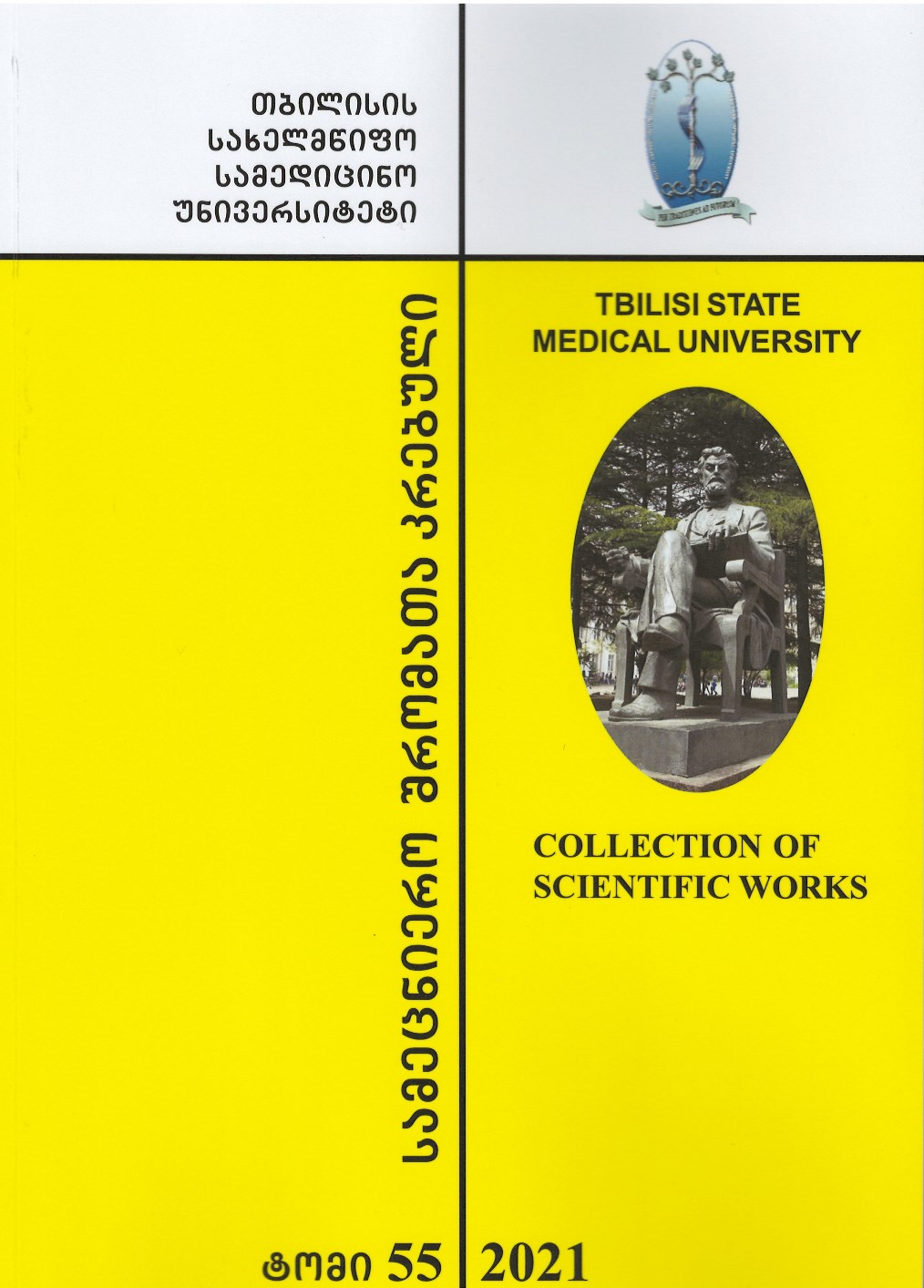Abstract
A high-molecular water-soluble preparation from stems of Borago officinalis (Boraginaceae family) was isolated. According to data from UV, IR, 1H, 13C NMR, gCOSY and 2D heteronuclear 1H/13C gHSQCED experiments, the main chemical constituent of this water-soluble high-molecular preparation from stems of Borago officinalis (HMP-BS) was found to be a biologically active caffeic acid-derived polymer, namely poly[oxy-1-carboxy-2-(3,4-dihydroxyphenyl)ethylene] also referred to as poly[3-(3,4-dihydroxyphenyl)glyceric acid] (PDPGA). PDPGA was previously detected in high-molecular preparations of Symphytum asperum, S. caucasicum, S. officinale, Anchusa italica and Cynoglossum officinale. The detection of this compound in different genera of the Boraginaceae family is interesting as this unusual caffeic acid-derived polymer could be consider a chemotaxonomic marker among Boraginaceae plants. Thus, PDPGA is interesting due to the importance of its chemotaxonomic significance, the potential biomedical applications of the Boraginaceae plants and the chemical importance of PDPGA. The presence of poly[3-(3,4-dihydroxyphenyl)glyceric acid] in multiple Boraginaceae species expands the resources of raw materials for this biologically active polymer.
References
Barbakadze V., Kemertelidze E., Targamadze I., Mulkijanyan K., Shashkov A.S., Usov A. I.(2005) Poly[3-(3,4-dihydroxyphenyl)glyceric acid], a new biologically active polymer from Symphytum asperumLepech. and S.caucasicumBieb. (Boraginaceae). Molecules,10, 9: 1135-1144. https://doi.org/10.3390/100911352.
Barbakadze V., van denBerg A.J.J., Beukelman C.J., Kemmink J., QuarlesvanUfford H.C. (2009) Poly[3-(3,4-dihydroxyphenyl)glyceric acid] from Symphytum officinaleroots and its biological activity.Chem. Nat. Compds.,45, 1: 6-10. https://doi.org/10.1007/s10600-009-9221-5
Barbakadze V., Gogilashvili L.,Amiranashvili L., Merlani M., Mulkijanyan K., Churadze M., Salgado A.,Chankvetadze B. (2010) Poly[3-(3,4-dihydroxyphenyl)glyceric acid] from Anchusa italicaroots. Nat. Prod. Commun.,5, 7: 1091-1095. https://doi.org/10.1177/1934578X1000500722
Gokadze S., Gogilashvili L., Amiranashvili L., Barbakadze V., Merlani M., Bakuridze A., Salgado A., Chankvetadze B.(2017)Investigation of water-soluble high molecular preparation of Symphytum grandiflorum DC (Boraginaceae).Bull. Georg. Natl. Acad. Sci., 11, 1:115-121. http://science.org.ge/bnas/vol-11-2.html
Gogilashvili L., Amiranashvili L., Merlani M., Salgado A., Chankvetadze B.,Barbakadze V. (2020) Poly[3-(3,4-Dihydroxyphenyl)Glyceric Acid] from Cynoglossum officinaleL. (Boraginaceae). Bull. Georg. Natl. Acad. Sci., 14, 1: 108-113. http://science.org.ge/bnas/vol-14-1.html
Barthomeuf C.M., Debiton E., Barbakadze V., Kemertelidze E.P.(2001) Evaluation of the dietetic and therapeutic potential of a high molecular weight hydroxicinnamate-derived polymer from Symphytum asperumLepech. Regarding its antioxidant, antilipoperoxidant, antiinflammatory, and cytotoxic properties. J. Agric. Food Chem.,49, 8: 3942-3946. https://doi.org/10.1021/jf010189d
Barbakadze V., Kemertelidze E.P., Mulkijanyan K.G., van den Berg A.J.J., Beukelman C.J., van den Worm E., Quarles van Ufford H.C., Usov A.I.(2007) Poly[3-(3,4-dihydroxyphenyl)glyceric acid] from Symphytum officinaleroots and its biological activity. Pharm. Chem. J., 41,1: 14-16. http://dx.doi.org/10.1007/s11094-007-0040-3
Shrotriya S., Deep G., Ramasamy K., Raina K., Barbakadze V., Merlani M., Gogilashvili L., Amiranashvili L., Mulkijanyan K., Papadopoulos K., Agarwal C., Agarwal R.(2012)Poly[3-(3, 4-dihydroxyphenyl) glyceric] acid from comfrey exerts anti-cancer efficacy against human prostate cancer via targeting androgen receptor, cell cycle arrest and apoptosis. Carcinogenesis, 33, 8: 1572–1580.https://doi.org/10.1093/carcin/bgs202




